New Zealand’s service sector growth slowed down in March, with the BusinessNZ Performance of Services Index (PSI) declining to 54.4 from 55.8 in February. However, the index stayed above the long-term average of 53.6.
BusinessNZ Chief Executive Kirk Hope highlighted the uptick in negative sentiment, with the proportion of negative comments surging from 51.9% in February to 58.6% in March. The main concerns expressed were a cooling economy, the impact of price increases, and overall uncertainty.
Despite these challenges, BNZ Senior Economist Craig Ebert remains cautiously optimistic. He noted that while the PSI held relatively steady in March, the Performance of Manufacturing Index (PMI) slipped into slightly negative territory. Nonetheless, Ebert believes that there is enough positive momentum to suggest an underlying tendency for growth in activity.




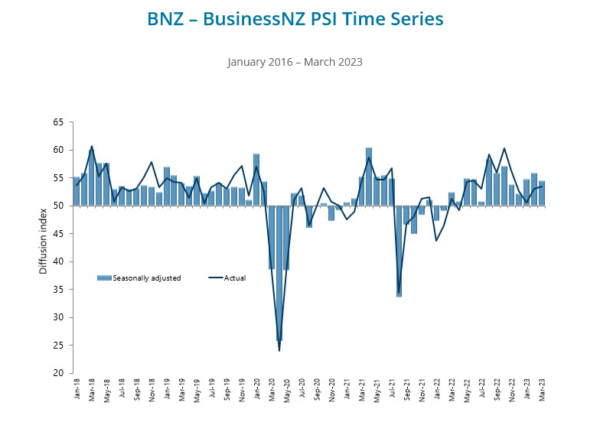
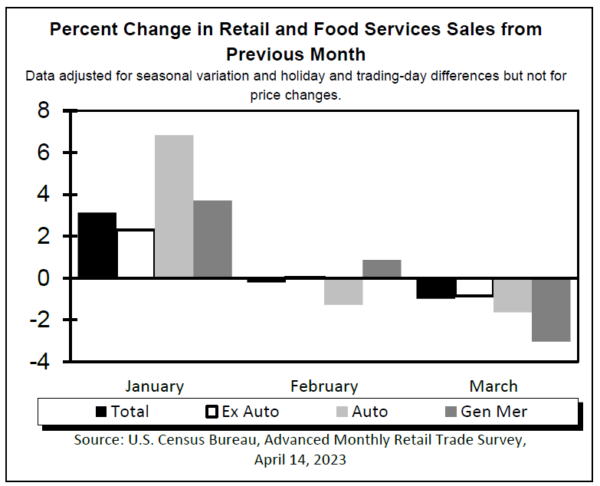
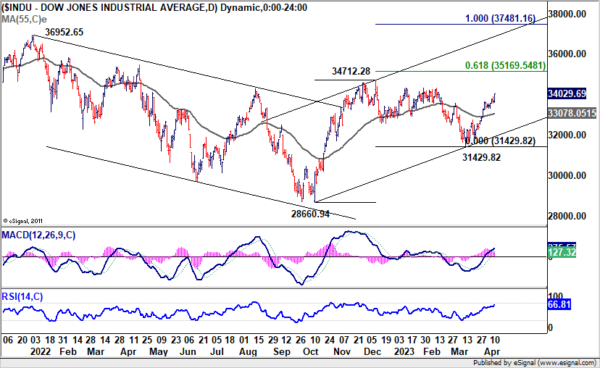
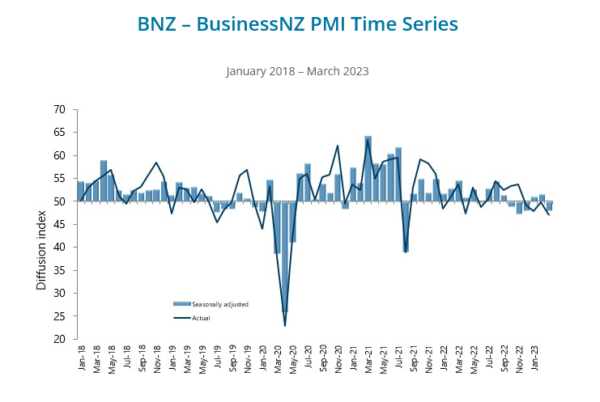
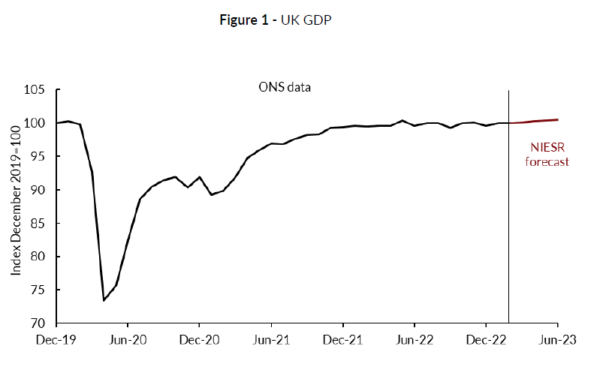
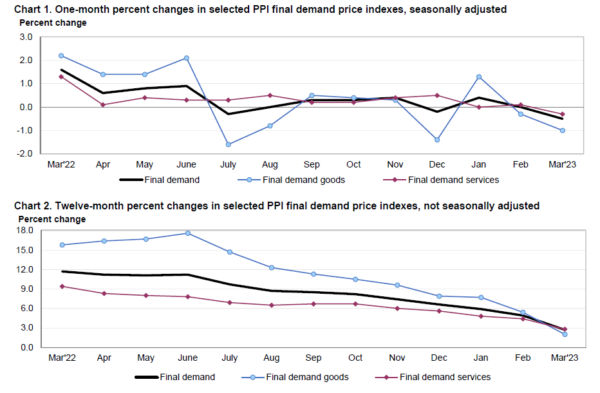
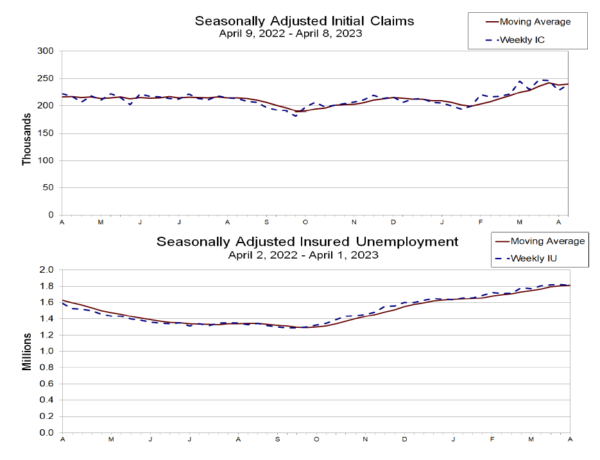
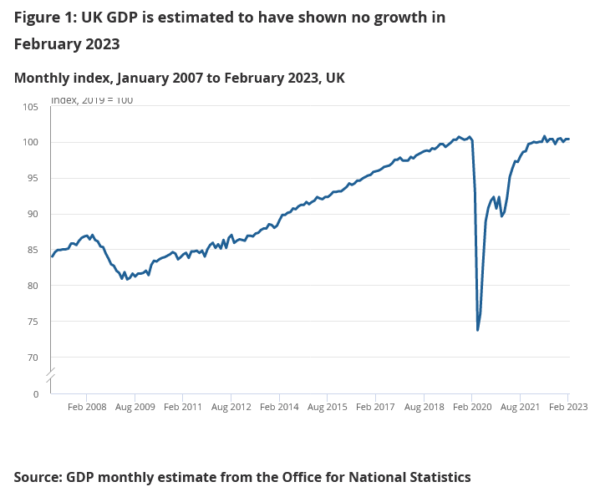
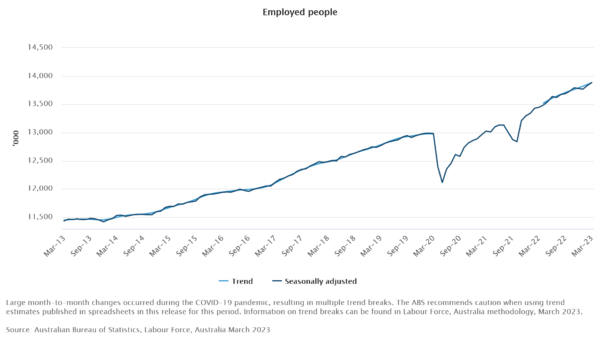
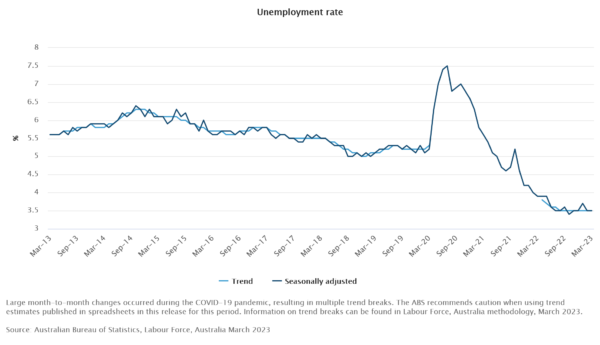

Yen’s downward spiral persists ahead of inflation data, CHF/JPY aiming new high
Japanese Yen continues its selloff in Asian session, remaining the worst performer in April thus far. The currency’s weakness is primarily driven by expectations of ongoing policy divergence between BoJ and other major central banks, as well as a rebound in major global benchmark yields.
New BoJ Governor Kazuo Ueda appears in no rush to modify the parameters of yield curve control or the framework itself, nor does he seem ready to alter the joint statement between the central bank and the government. Consequently, the BoJ’s exit from its ultra-loose monetary policy appears distant.
This stance is based on the assumption that Japan’s inflation will slow this year, while domestic wage growth momentum is insufficient to maintain a sustainable 2% inflation target. Markets are awaiting this week’s March CPI report to determine the validity of this view.
From a technical perspective, CHF/JPY is a key pair to watch, as it could be the first Yen pair to break through last year’s high and resume its long-term uptrend. The cross is currently rallying towards 151.43 high, with upside acceleration reflected in daily MACD. A firm break here would target 161.8% projection of 137.40 to 147.58 from 140.21 at 154.27. The outlook will remain bullish as long as 147.58 resistance-turned-support holds during any retreats.
While it may be too early to evaluate, a sustained break of 151.54 could also signal the resumption of the two-decade uptrend from the 58.83 (2000 low). The next medium-term target would the 61.8% projection of 106.71 to 151.43 from 137.40 at 165.30.